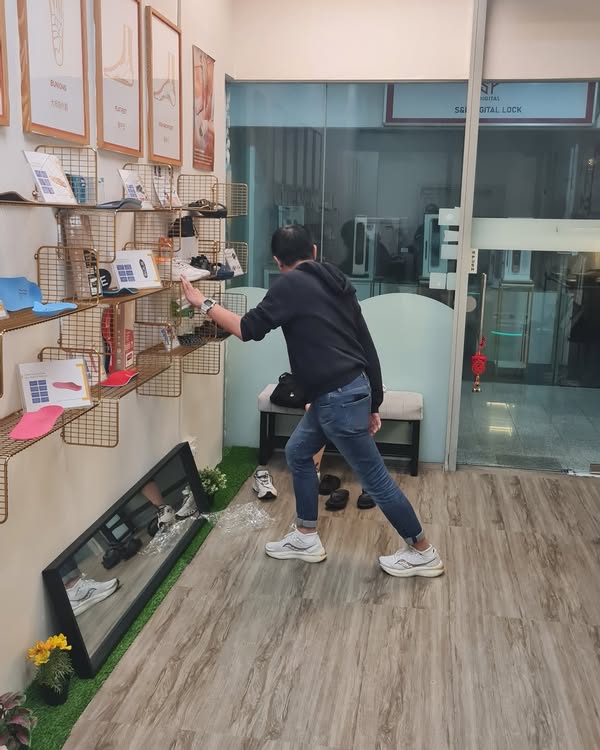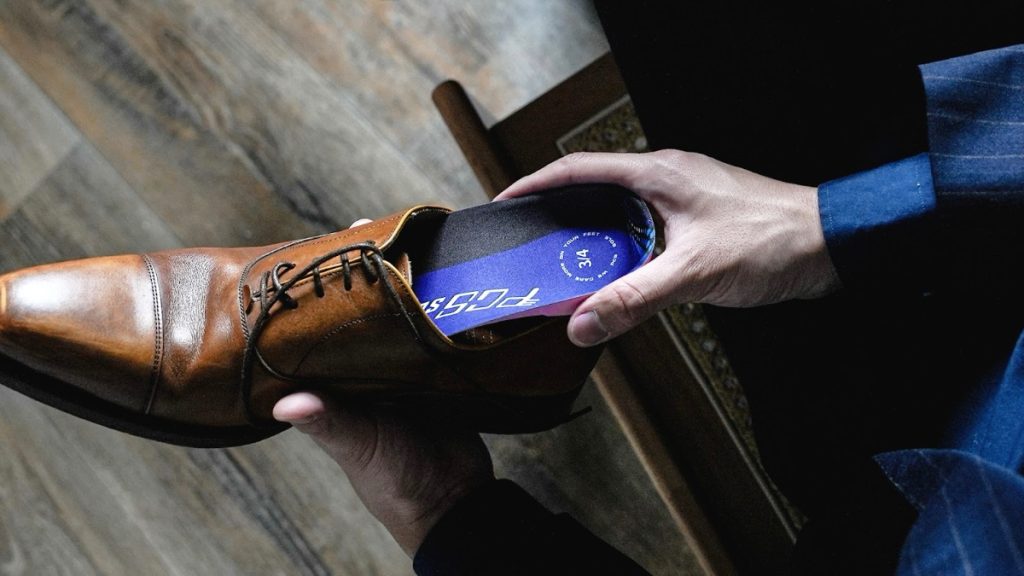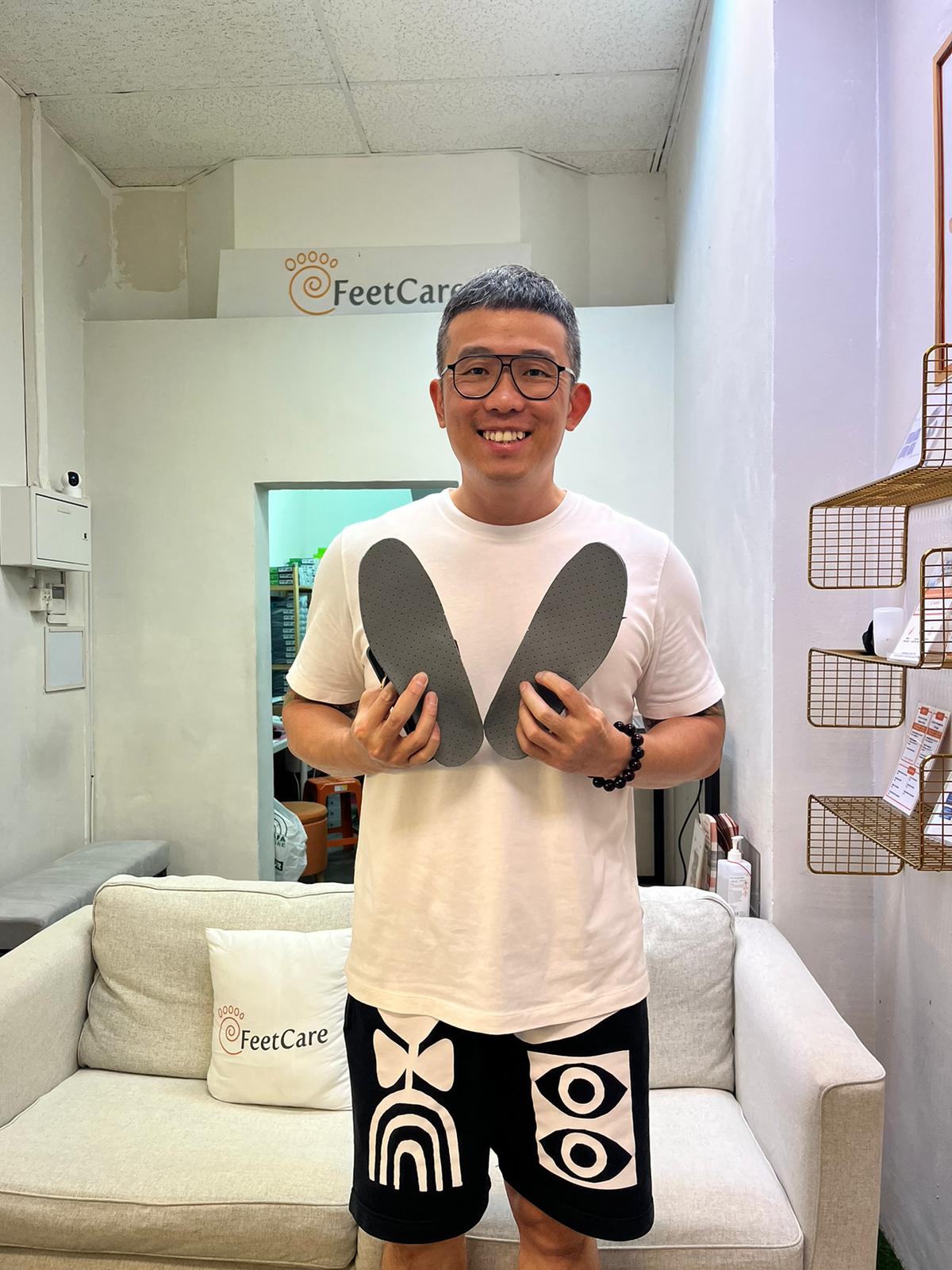
Understanding Plantar Fasciitis: Causes, Symptoms, and Treatment Options in Singapore
Plantar fasciitis is one of the most common causes of heel pain, affecting millions in Singapore and worldwide. This condition occurs when the plantar fascia—a thick band of tissue connecting your heel bone to your toes—becomes inflamed. Whether you’re an athlete, a busy professional, or a parent on the go, understanding plantar fasciitis is key to managing and preventing this painful condition.
What Is Plantar Fasciitis?
Plantar fasciitis refers to inflammation or irritation of the plantar fascia, often resulting in stabbing heel pain, particularly with the first steps in the morning. This condition can affect anyone but is especially prevalent among runners, people who are overweight, and those who wear unsupportive shoes.
What Causes Plantar Fasciitis?
- Repetitive Stress: Activities like running or standing for long hours can strain the plantar fascia.
- Foot Structure: Flat feet, high arches, or abnormal walking patterns may increase risk.
- Tight Muscles: Tight calf muscles or Achilles tendons can put extra stress on the fascia.
- Improper Footwear: Shoes with inadequate arch support or cushioning can exacerbate the problem.
Symptoms of Plantar Fasciitis
- Sharp pain near the heel, especially during the first steps in the morning
- Pain that worsens after prolonged standing or physical activity
- Tenderness along the bottom of the foot
- Swelling in the heel area
Who Is at Risk?
Certain factors make you more susceptible to developing plantar fasciitis:
- Age: Most common between ages 40-60
- Activity Level: Athletes and those on their feet for extended periods
- Weight: Excess weight increases strain on the plantar fascia
- Occupation: Jobs requiring standing or walking on hard surfaces
Diagnosing Plantar Fasciitis
Diagnosis usually involves a physical examination. Your healthcare provider may check for:
- Tenderness in your foot
- High arches or flat feet
- Limited ankle flexibility
If symptoms persist, imaging tests like X-rays may be used to rule out other conditions, such as a heel spur.
Effective Treatments for Plantar Fasciitis in Singapore
Treatments for plantar fasciitis range from at-home remedies to medical interventions. Here are the most effective options:
At-Home Remedies
- Rest and Ice: Reduce inflammation by resting your foot and applying ice for 15-20 minutes.
- Stretching Exercises: Stretch your calves and plantar fascia to relieve tension.
- Proper Footwear: Wear shoes with good arch support and cushioning.
- Orthotic Insoles: Consider custom or over-the-counter insoles for added support.
Medical Treatments
- Physical Therapy: A therapist can guide you through targeted stretches and strengthening exercises.
- Anti-Inflammatory Medications: Nonsteroidal anti-inflammatory drugs (NSAIDs) can reduce pain and swelling.
- Corticosteroid Injections: For severe cases, injections can provide temporary relief.
- Shockwave Therapy: High-energy waves stimulate healing in the plantar fascia.
Advanced Interventions
If conservative treatments fail, surgical options like plantar fascia release may be recommended. However, surgery is typically a last resort.
Preventing Plantar Fasciitis
Prevention is often the best treatment. Follow these tips to protect your feet:
- Maintain a healthy weight
- Wear supportive shoes, especially during exercise
- Incorporate foot and calf stretches into your daily routine
- Avoid walking barefoot on hard surfaces
FAQs About Plantar Fasciitis
Can plantar fasciitis cause a heel spur?
Yes, plantar fasciitis can lead to the development of a heel spur due to prolonged stress on the heel bone.
How long does it take for plantar fasciitis to heal?
Recovery varies but can take several weeks to months with proper treatment and rest.
Is plantar fasciitis permanent?
Most cases are temporary and improve with treatment, but chronic conditions may require ongoing management.
Internal and External Links
Internal Links:
External Links:
Final Thoughts: Take the Next Step Toward Pain-Free Living
Plantar fasciitis can be debilitating, but with the right care, you can regain your mobility and quality of life. If you’re struggling with heel pain, don’t wait—explore our selection of orthotic insoles or contact a healthcare provider today for personalized treatment options.
Take the first step toward healthier, pain-free feet today!



